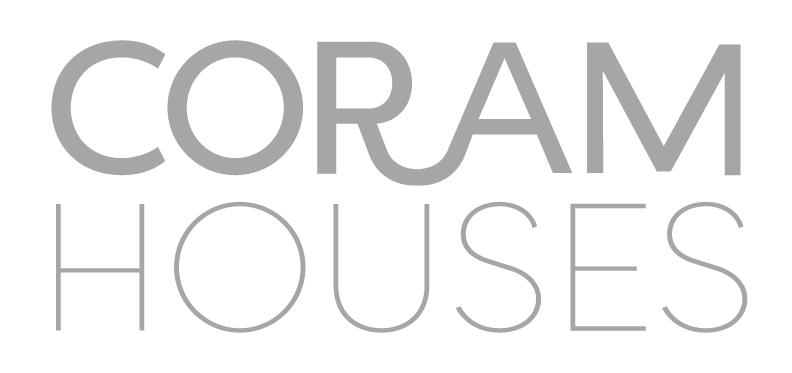
What We Do
We aim to break cycles of injustice by building ADUs in the backyards of homes in our community.

How It Works
It’s pretty simple:
You let us know that you’re interested in sharing your land, and we’ll come look at your backyard.
Based on your land and your goals, we’ll take a look at your finances, and together we’ll figure out the best route to funding an ADU (accessory dwelling unit) build in your yard.
We will build it, from permitting to being move-in-ready.
We’ll work together to find the right tenant(s) for you and your family.
When you’re ready, we’ll turn full management of the ADU over to you, and be off building more. We’re just an email away if you need us.
Simply put, we build you a tiny house, you build community, and get to enjoy the warm fuzzy feeling of knowing you’re providing equitable housing in your community.
FAQs
Who pays for the ADU (Accessory Dwelling Unit)?
We have bank partners who have created a few financial products to fund the ADUs, and we will connect you with them to help you figure out which option works best for you.
How is the tenant selected?
Frequently, folks come to us with someone already in mind—someone who is already in their community, circle, or family and needs housing. We also have a network of non-profits, partners, and community leaders who direct people our way that would benefit from affordable housing. Coram is about dismantling the separation that exists between us, and we think that happens best when living in community. If you don’t already have someone in mind, we will connect you with some people who are looking for housing.
What happens after a tenant is selected?
Typically, once a tenant is selected, they will meet with you the homeowner to forge a partnership and go over “best practices” on sharing land and space together. Tenant and homeowners will sign a rental agreement, and proceed forward together.
Am I, the homeowner, responsible for being the property manager?
Coram Houses does provide property management services, but you are not required to use our services for property management.
How does Coram Houses make money?
We are a business, but we differ from most in that we don’t maximize profits. That’s just not why we exist. Our business model is designed to maximize hope, mutuality, solidarity, and community, and our team works every day to break cycles of injustice by building ADU’s in the backyards of homes in our community.

Still have questions? Fill out this form to request a free consultation:
